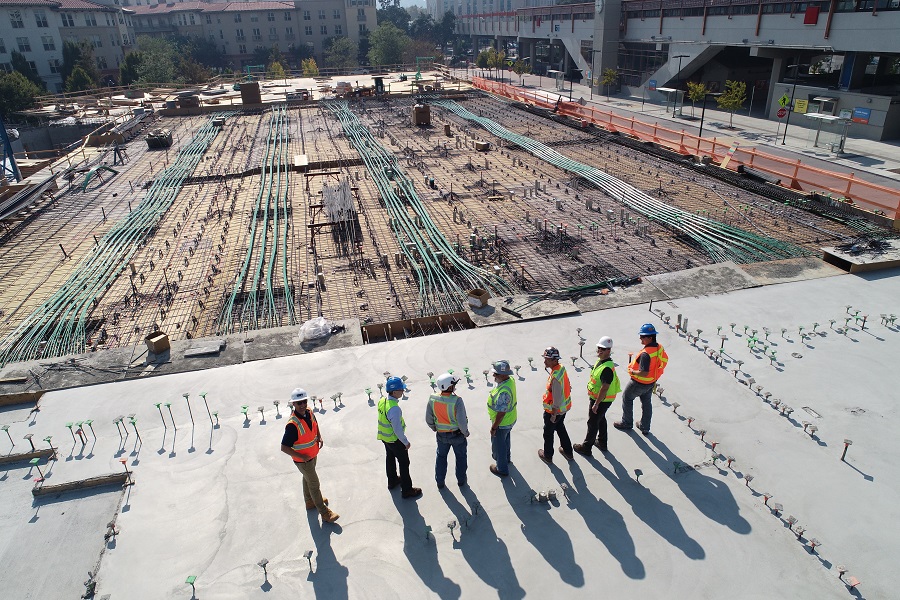This article highlights the Hungarian Central Statistical Office’s analyses concerning the state of the construction industry in 2019 and 2020, and an assessment by the National Association of Building Contractors and their expectations for 2021.
Figures from the Central Statistical Office
In the definition that the Hungarian Central Statistical Office (“KSH”) uses when it collects data, construction industry activities include the shell and core construction of buildings and other facilities, the construction of new buildings, as well as the renovation and remodelling of existing buildings.
According to the KSH’s latest figures, the construction industry’s share in gross added value was 6% in 2019, while raw data indicate that year-on-year growth in the output of construction companies was 5% in November 2020.
There was a year-on-year growth in output in both of main categories of construction in November 2020, with a 7.7% increase in buildings and 2.2% increase in other facilities. According to indices adjusted for seasonal changes and monthly business days, output in the construction industry grew by 12.1% compared with October 2020, and there was a steady month-by-month growth since June 2020, where the November 2020 figure was higher by 3% than the figure reported in May 2020, the worst month of the year.
In the first eleven months of 2020, there was a year-on-year drop of 9% in the overall output of the construction industry.
Assessment by the National Association of Building Contractors
In the assessment of the Hungarian National Association of Building Contractors (“ÉVOSZ”), the construction industry has entered the downward phase of a five-year investment cycle. EU-funded projects are nearing completion, while funding from the 2021-2027 period has yet to be allocated. Investments by local authorities and commercial developers have dried up, and homeowners have also grown increasingly cautious.
Only the central government kept up 2019 investment levels in the first seven months of 2020, but even government projects do not include accelerated investments that could counteract the general drop in market activity.
The report by ÉVOSZ notes that after a growth of more than 20% on the construction market in each of 2017, 2018 and 2019, the construction industry will have a hard time adapting to the contraction of more than 10% that is projected for 2020.
In addition to causing a drop in investments, the COVID-19 pandemic also resulted in project delays due to infections in the workforce. Delays typically occur in projects that are in the final phase, where work involving labour-intensive MEP installation and other interior trades takes place.
In the light of the lessons learned during the pandemic, the ÉVOSZ has developed an action plan with a view to ensuring that the construction industry can remain a driver of economic growth. You can read more about the action plan here.
The ÉVOSZ believes that an uptick on the construction market cannot be expected before the second half of 2021.
Authors: András Fenyőházi András and Zsanett Szabó




